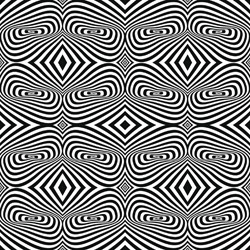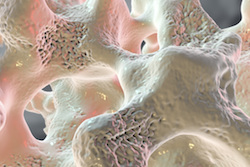Elucidating visual perception
Studying neuronal circuitry in depth to understand contextual modulations has not been possible until recently due to limited spatial and temporal resolution. The recent discovery of optogenetics has enabled unprecedented cell specificity and spatiotemporal control of neural activity. EU-funded scientists of the project 'Controlling conscious visual perception with light.' (A LIGHT ON VISION) employed optogenetics along with electrophysiological recordings of neural circuitry in the primary visual cortex (V1) of the brain. Researchers focused on elucidating contextual modulation and surround suppression in particular. Surround suppression is mostly seen in V1 where the neurons produce a smaller signal in response to a stimulus that exceeds the neural receptive field. Several hypotheses have been used to describe this phenomenon but corroboration was previously not possible. Neural activity was recorded using laminar electrodes in the V1 cortex in anaesthetised mice, and feedback signals were selectively inhibited through optogenetic interventions. For selective inhibition, light-gated cation channel channelrhodopsin-2 was expressed in inhibitory neurons using blue light for activation. Results revealed that surround suppression consistently occurred after initial response, which is indicative of recurrent processing. The importance of intercortical communication was tested by interrupting feedback signals from higher visual areas such as the lateromedial or anterolateral areas during V1 recording. Preliminary findings confirmed surround suppression theory as no decreased V1 neural response to larger stimuli was seen during interruption of feedback signals. Further analyses are ongoing to validate the findings. Tests will also be conducted on alert mice to supplement the preliminary findings. Project activities have clearly revealed the potential of optogenetic interventions in unravelling complex brain functions through selective activation or inhibition. This could revolutionise the field of neurobiology. Future applications include treatment and rehabilitation of psychiatric and other mental disorders.







